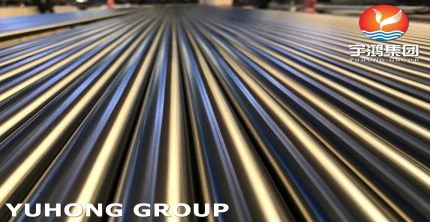800 alloy (UNS NO8800), 800H alloy (UNS NO8810), 800AT (UNS NO8811) are alloys of nickel, iron, and chromium used to resist oxidation and carburization in high temperature environments. The 32% nickel alloy content makes this alloy resistant to chloride pressure corrosion cracking and sigma phase precipitate embrittlement. This alloy is highly resistant to general corrosion. In the case of solution annealing, 800H and 800AT have superior resistance to pressure cracking.
800, 800H and 800AT alloys are basically the same. The difference is that the carbon content of 800H alloy is slightly higher (0.5-0.15), and the aluminum and titanium content of 800AT alloy increases by 1%. Alloy 800 is generally used in environments with temperatures around 1100℉(593℃). 800H and 800AT alloys are usually used in environments with temperatures above approximately 1100.F. This environment requires the alloy to have creep and fission resistance. The incoloy 800 pipe, being the baseline alloy, is commonly employed in environments where temperatures hover around 1100°F (593°C). This kind of pipes offer excellent corrosion resistance and thermal stability at moderate temperatures. In contrast, The Incoloy alloy 800h pipe features a slightly higher carbon content, typically ranging from 0.05 to 0.15%. This adjustment enhances its ability to withstand elevated temperatures. Annealed at temperatures between 1149 to 1177°C (2100 to 2150°F), Incoloy 800H pipes exhibit superior stress rupture and creep properties compared to Incoloy 800 pipes annealed at lower temperatures ranging from 983 to 1038°C (1800 to 1900°F). This makes Incoloy 800H pipes particularly well-suited for environments where prolonged exposure to high temperatures is expected. Incoloy 800AT pipes stand out due to their increased aluminum and titanium content, typically raised by 1% compared to Incoloy 800. This modification significantly enhances their resistance to oxidation and carburization, making them highly suitable for applications in extremely high-temperature environments. These pipes offer superior strength and stability, especially when subjected to demanding conditions, and demonstrate enhanced resistance to creep and fission.
.jpg)
Corrosion Resistance
The chromium and nickel components in 800, 800H, and 800AT alloys are higher than those in the 304 alloy family. In many application environments, Alloy 800, 800H, and 800AT behave similarly to Alloy 304. Neither 800, 800H, 800AT alloy nor 304 alloy is recommended for use in sulfuric acid environments unless the concentration and temperature are low.
Similar to austenitic stainless steel, if 800, 800H, and 800AT alloys are heated to between 1000 - 1400 ℉(538 - 760 ℃) for a long time, they will exhibit sensitization (chromium carbide alloy precipitation) graining). Sensitized metals are susceptible to intergranular corrosion by certain corrosive media, including acidic substances or experiments in which 65% nitric acid is heated to the boiling point (stainless steel corrosion resistance test).
Although Alloy 800 is not completely resistant to stress cracking corrosion, it has high resistance to such corrosion. Through a large number of field tests, Alloy 800 has always shown its excellent properties in various equipment in the petroleum, chemical, food, pulp and paper industries.
Antioxidant
The alloy is particularly suitable for high-temperature environments, such as being used as furnace components and related heating devices. It is suitable for reforming devices and hydrocracking device tanks in the petrochemical industry, as well as devices for treating superheated steam in nuclear power and traditional power plants. Due to the extremely high chromium and nickel content in the alloy, it has high resistance to oxidation and rust, and also has good resistance to carburization.
Heat Treatment
The annealing process of Alloy 800 is performed in the range of 1800-1900 ℉ (982-1038 ℃) in order to soften the material after forming and maintain a small particle size.
Heat treatment of 800H\800AT alloy is usually carried out between 2050-2150 ℉ (1121-1177 ℃). In addition to softening the material after forming, another purpose of heat treatment is to form coarse particles and increase resistance to creep and fracture stress.
Cold Forming
Alloys 800, 800H, and 800AT have excellent cold forming properties, properties usually associated with chromium-nickel stainless steels. High nickel content can prevent the transformation of austenitic steel to martensitic steel, which can occur when cold treatment of 301 alloy and 304 alloy. Compared with 301 and 304 alloys, 800, 800H, and 800AT alloys have lower cold work hardening rates and can be used in a variety of wire drawing and forming operations. Relatively more deformation will occur during annealing.
.jpg)

 English
English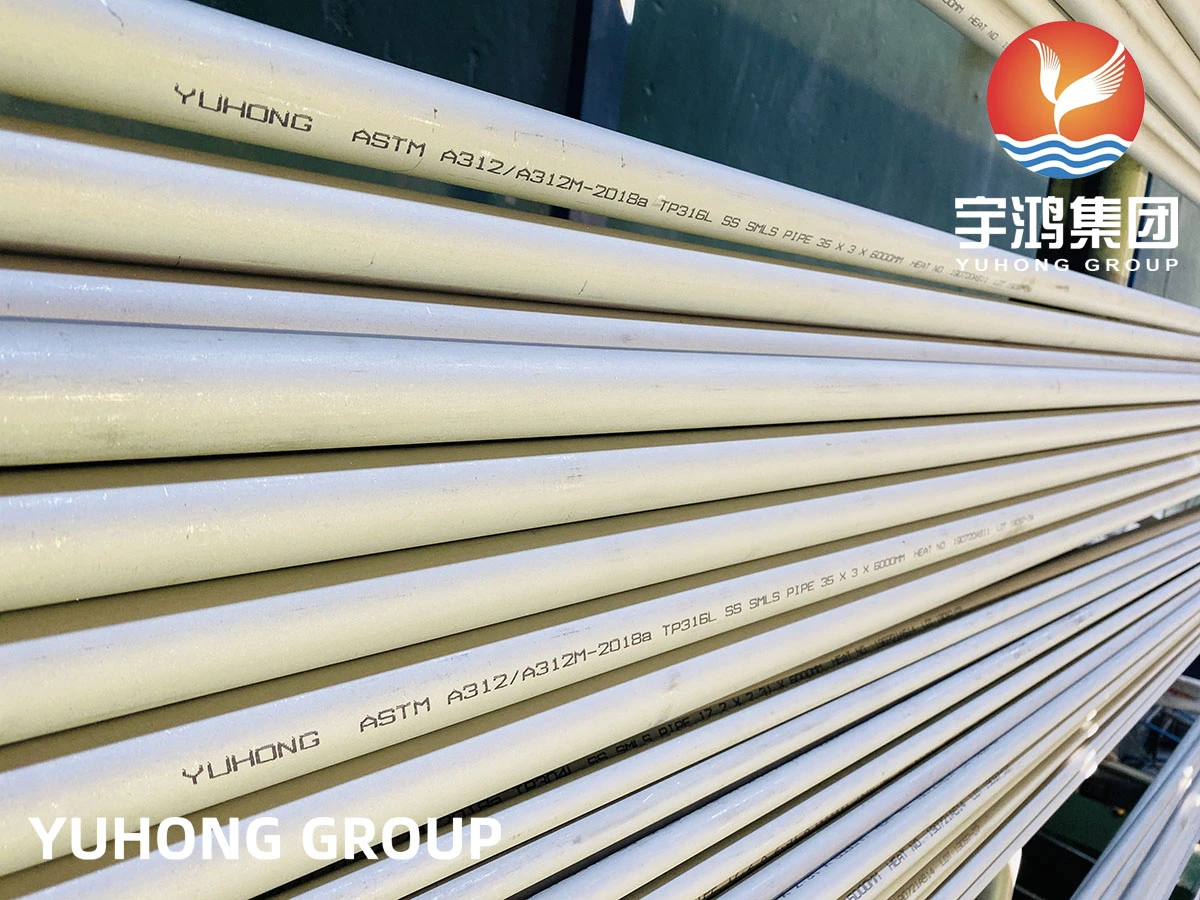
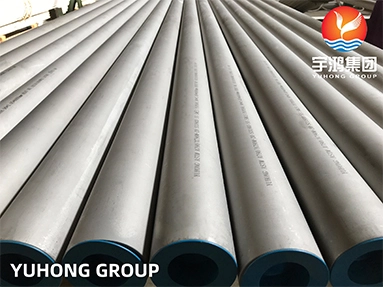
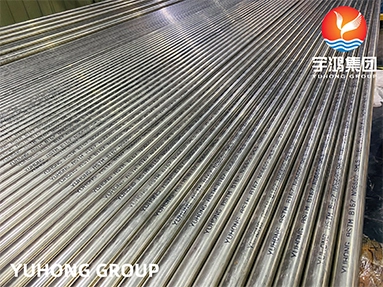
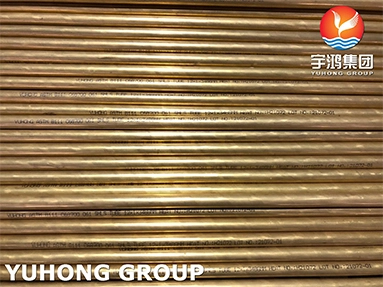
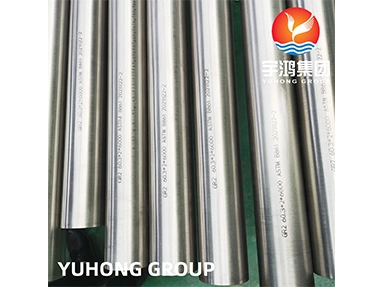
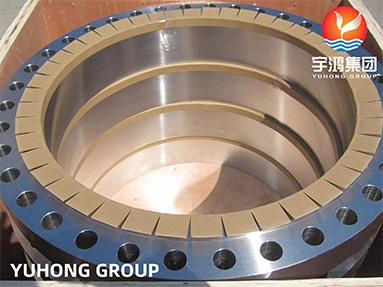
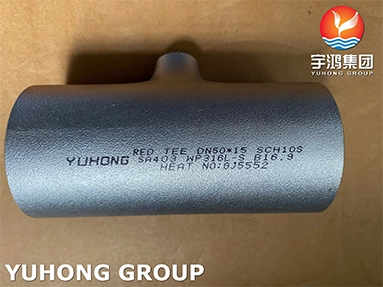
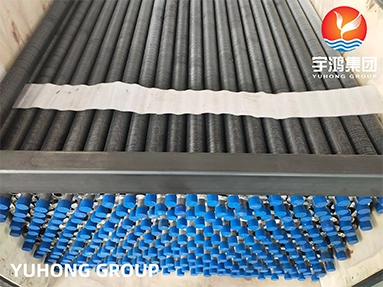
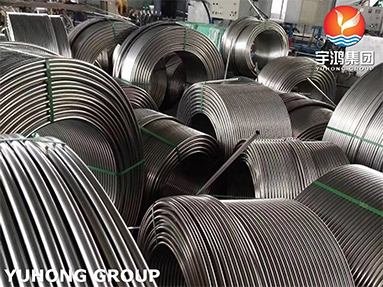


.jpg)
.jpg)
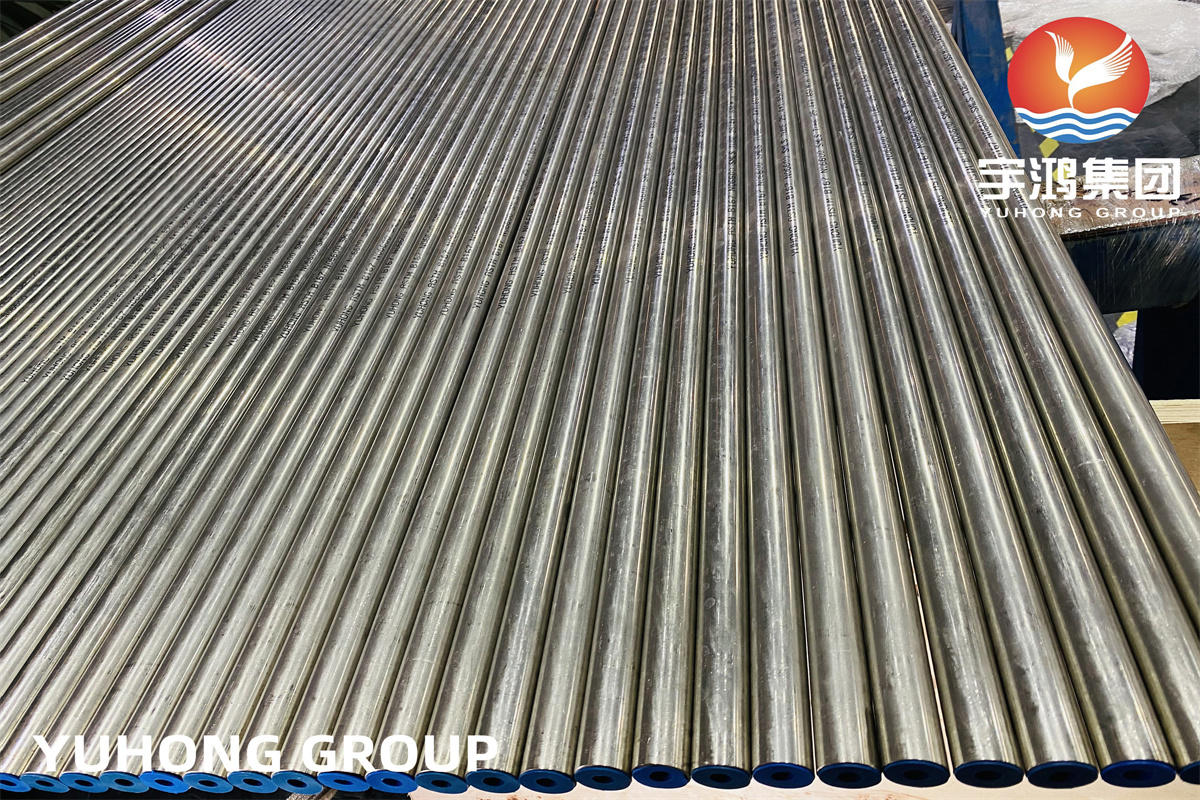
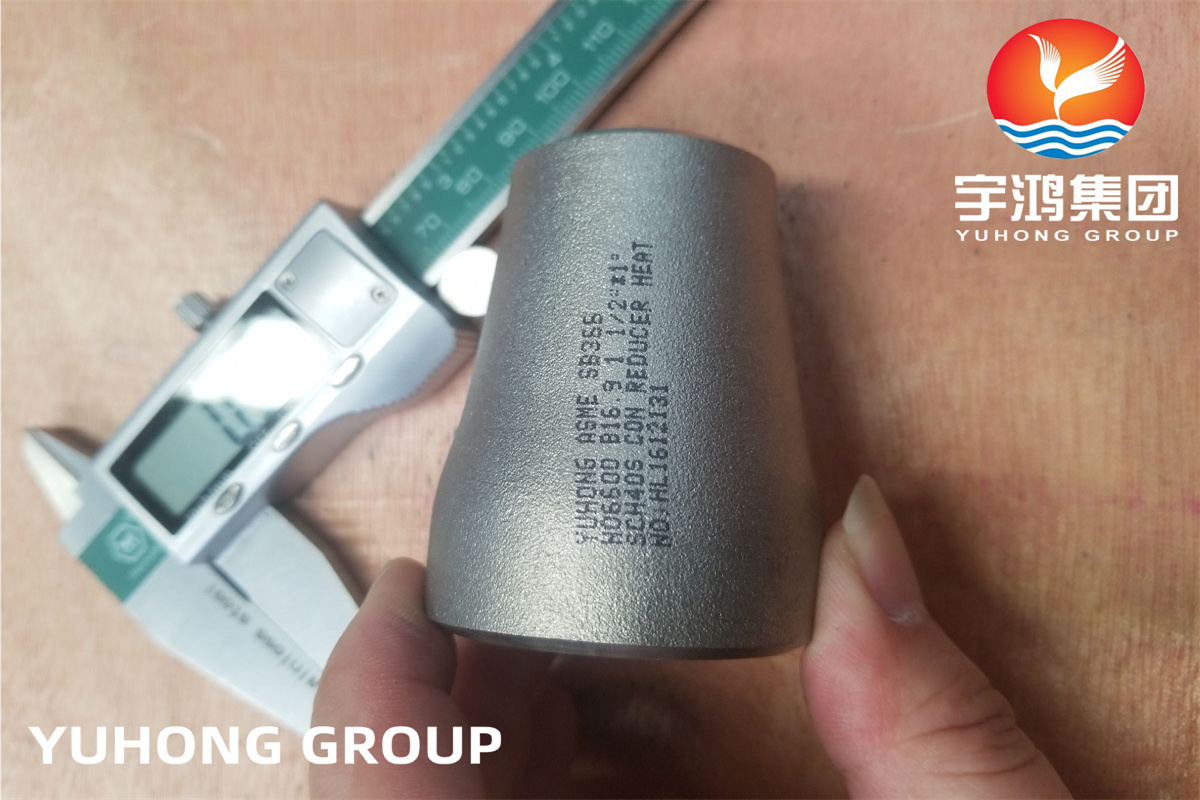
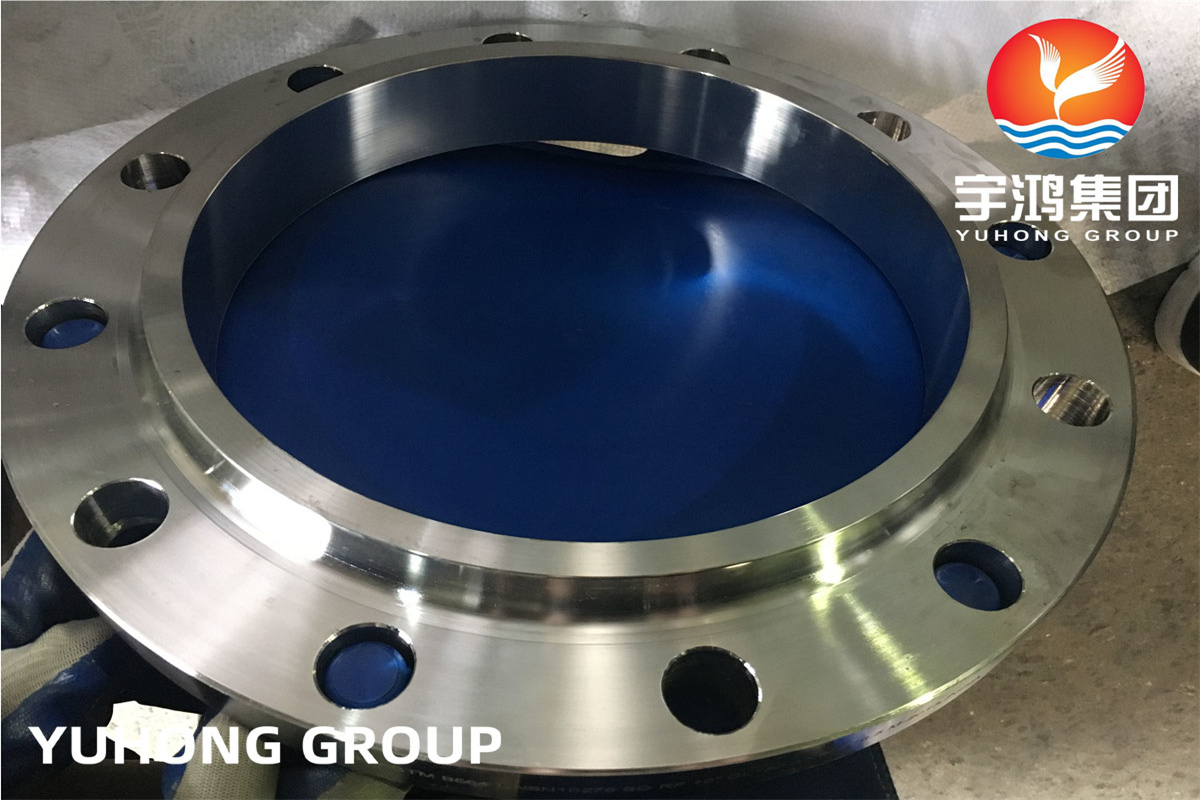
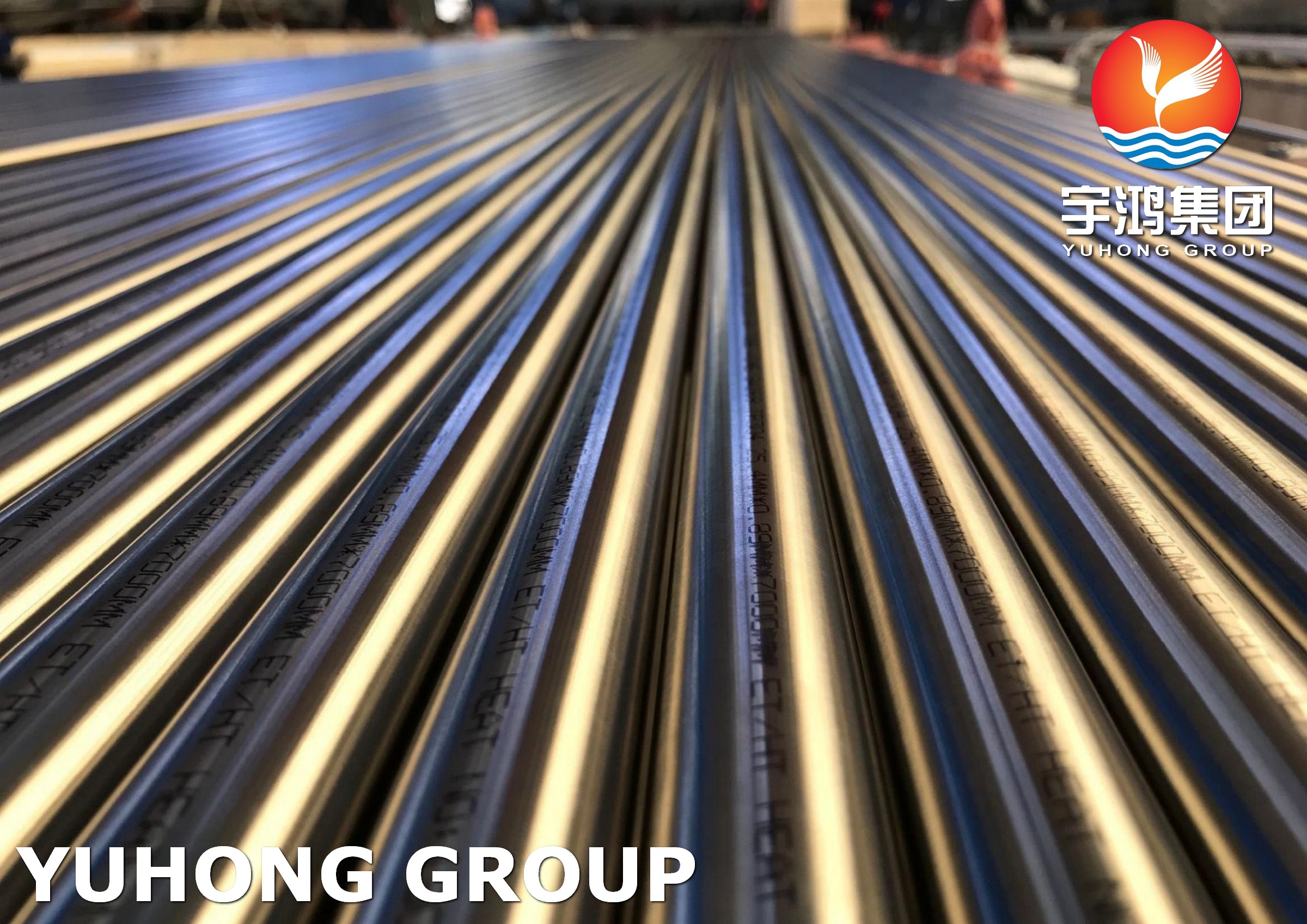
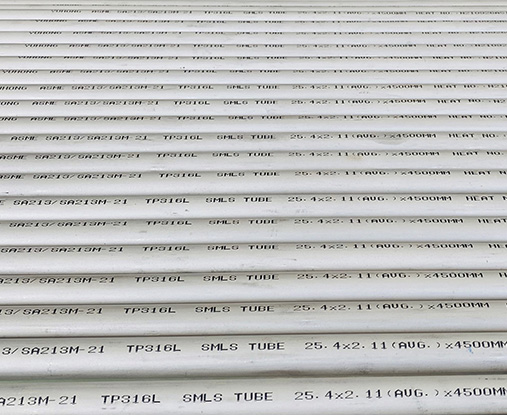
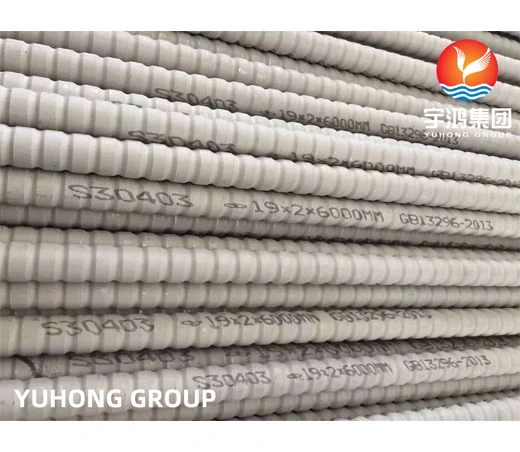
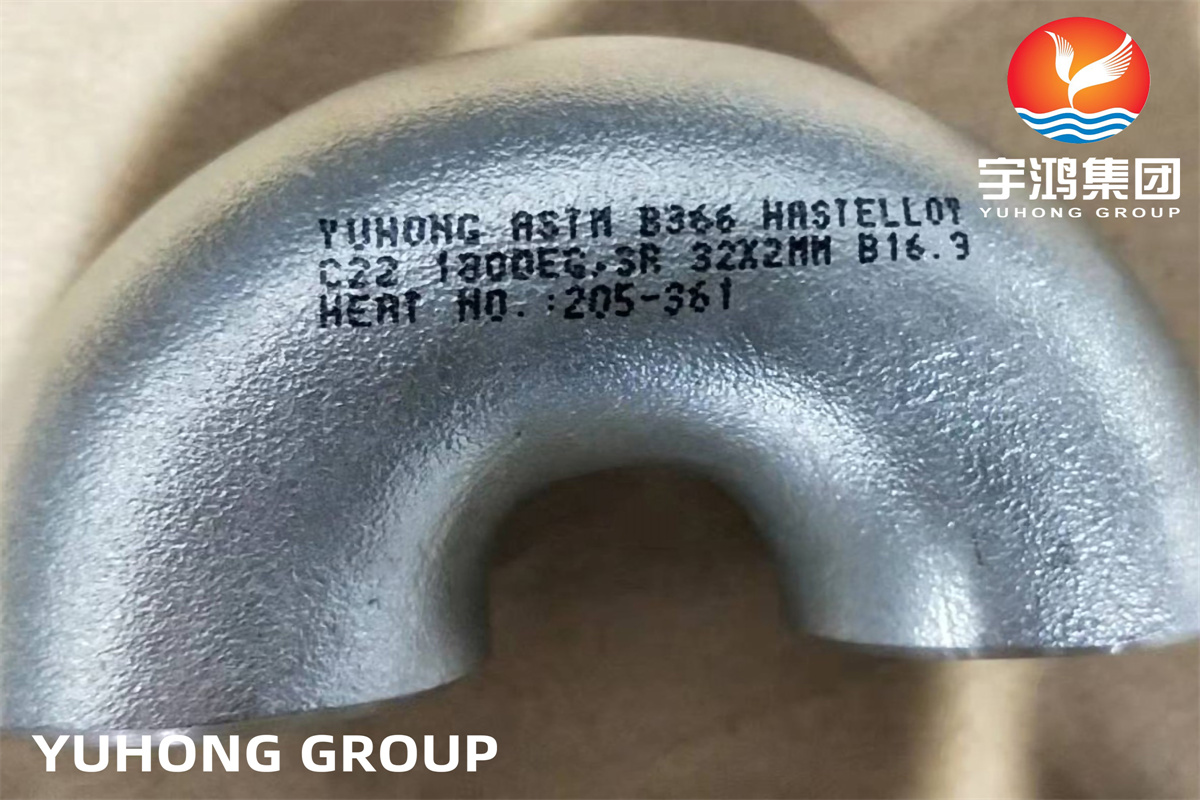
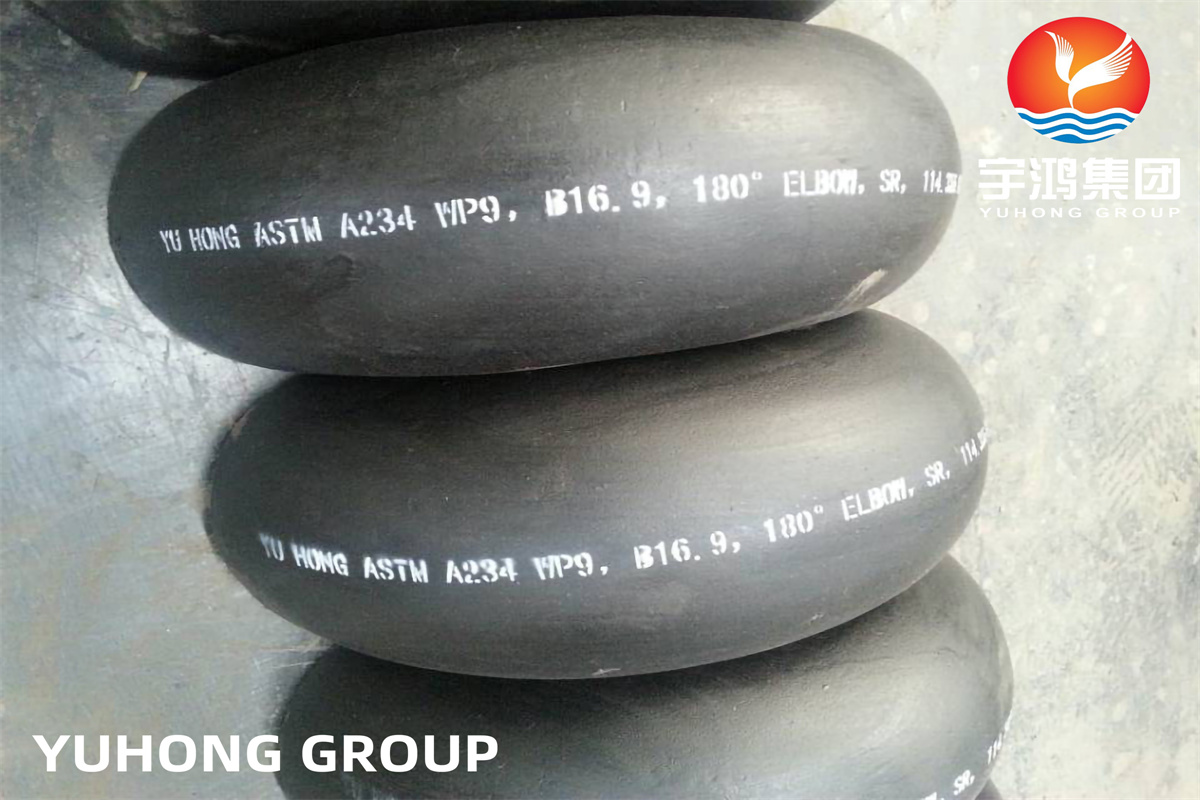
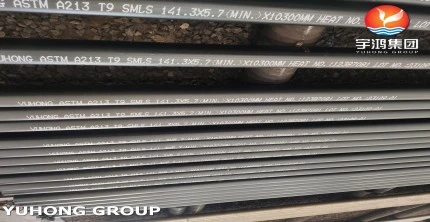
_副本.webp)
